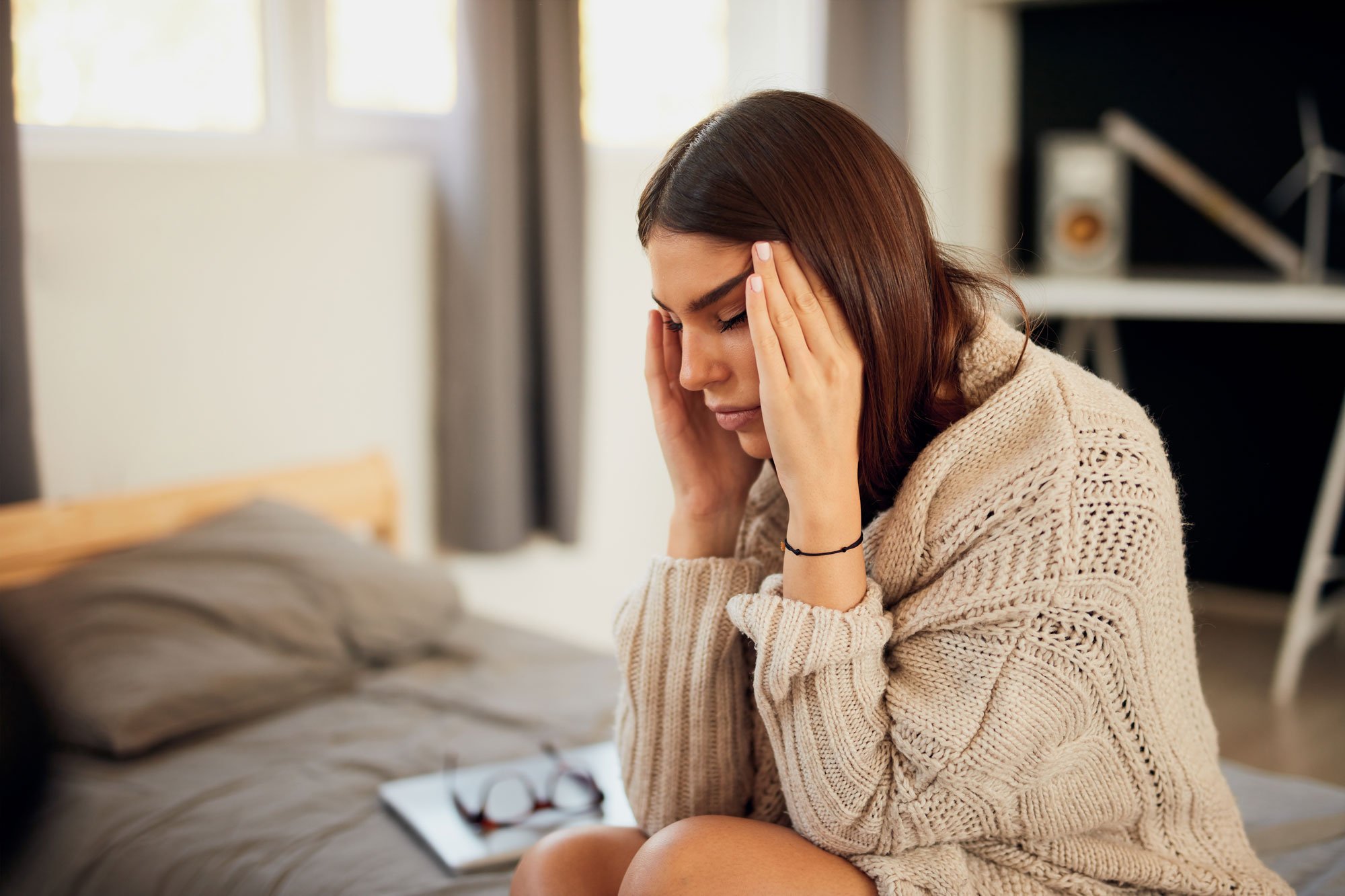Migraines
An Alternative Treatment for Migraine Headaches
Migraine headaches are severely painful and, often, temporarily debilitating. Migraines frequently recur and may be accompanied by visual disturbances (known as aura) and nausea. This type of headache is characterized by pulsing or throbbing pain in one part of your head. Migraines are about three times more common in women than men and affect over 10 percent of people throughout the world. If you are a migraine sufferer seeking alternative treatments to reduce the frequency and severity of your attacks, read on to learn more about your condition and what can be done to help.
There is no cure for migraine, but various treatments are available to address its symptoms and side effects. This may include medication or lifestyle changes.
Chiropractic care is a type of alternative treatment that usually consists of manual therapy, including manipulating the spine. A number of clinical studies have found chiropractic care to be effective for treating migraines.

Condition Information
The two principle types of migraine headache are:
- Common migraine (migraine with aura)
- Classic migraine (migraine without aura)
Approximately 33 percent of migraine sufferers experience an aura that occurs before any pain sets in (usually about 30 minutes in advance). A person who experiences migraine with aura may see:
- Stars
- Zigzag lines
- Objects of distorted size or shape
- Blind spots in the field of vision
- Vibrating visual field
- Numerous other visual disturbances
Recurring migraine bouts may be triggered by many factors, including:
- Stress
- Anxiety
- Hormone fluctuations
- Bright or flashing lights
- Lack of food
- Insufficient sleep
Various dietary substances (chocolate, red wine, aged cheeses, etc.)
Causes & Symptoms
It was long thought that migraines were caused by changes in brain blood vessel diameter. Researchers now believe that a combination of genetic and environmental factors may be responsible for most migraine headaches. In about two-thirds of cases, migraine sufferers have other family members who experience the same problem. Certain psychological conditions (e.g., depression, bipolar disorder) are also associated with migraine headaches.
Menstrual cycle-related changes in hormones and hormone levels in some women may be associated with migraine headaches. Imbalances in certain brain chemicals (such as serotonin) and changes in how your brainstem interacts with your trigeminal nerve may also play a role.
Along with visual disturbances and extreme, one-sided head pain, common migraine signs and symptoms include:
- Sensitivity to sounds, smells, and light
- Nausea and vomiting
- Diarrhea
- Lightheadedness (with or without fainting)
Irritability, hyperactivity, neck stiffness, depression, thirst, and sweets cravings may all be part of a “prodrome” that involves subtle changes one or two days before a migraine.
Migraine Treatment
There is no cure for migraines, but certain alternative care methods can help you manage this painful condition.
Spinal Manipulation
Spinal manipulation is a procedure in which a Chiropractor who is trained in spinal manipulation uses their hands or a device to apply a controlled force to a specific joint of your spine. You may hear a popping sound when the force is applied. This is a procedure that can help relieve pain in the spine, neck, head and other joints.
Deep Neck Flexion Exercises
Deep neck flexion exercises are meant to stretch the deep neck muscles, which play an important role in supporting the neck. These exercises can be done lying down on the floor or sitting up, and involve contracting your muscles for short periods of time followed by brief rests, usually 10-15 seconds. It’s important to do these exercises under the guidance of a healthcare professional.
Joint Mobilization
Joint mobilization is a type of therapy that uses movement to improve joint function or reduce pain. This treatment is often used on the cervical spine to treat headaches.
Neuromuscular Massage
Neuromuscular massage is a type of massage that focuses on trigger points in the back, shoulders, neck and head. This can help to relax muscles, improve blood flow and relieve stress. It may also ease symptoms by releasing pressure from compressed nerves that send pain signals to the brain.
Low-load Craniocervical Mobilization:
Like spinal manipulation, this mobilization technique involves force applied to the joints. Unlike spinal manipulation, a gentler force is used to create space in the joints, allowing the cervical segments to get back to their normal rhythmic movements. Stretching is often reduce tightness added to improve success of the mobilization.
Multidisciplinary Care
Multidisciplinary care intervention has been found to be an effective approach in reducing migraine pain, frequency, duration, and disability. By combining 2 or more of the above treatments with general health interventions, this approach combines physical therapy exercises, relaxation techniques, stress management, and/or dietary counseling.
Chiropractic care, which includes a combination of spinal manipulation, active and passive exercises, and massage, has been shown to be an effective treatment for headaches. It can help to reduce the frequency and severity of headaches, as well as to prevent them from occurring in the first place. If you are suffering from migraines, contact Total Vitality Medical Group Today for a consultation.
